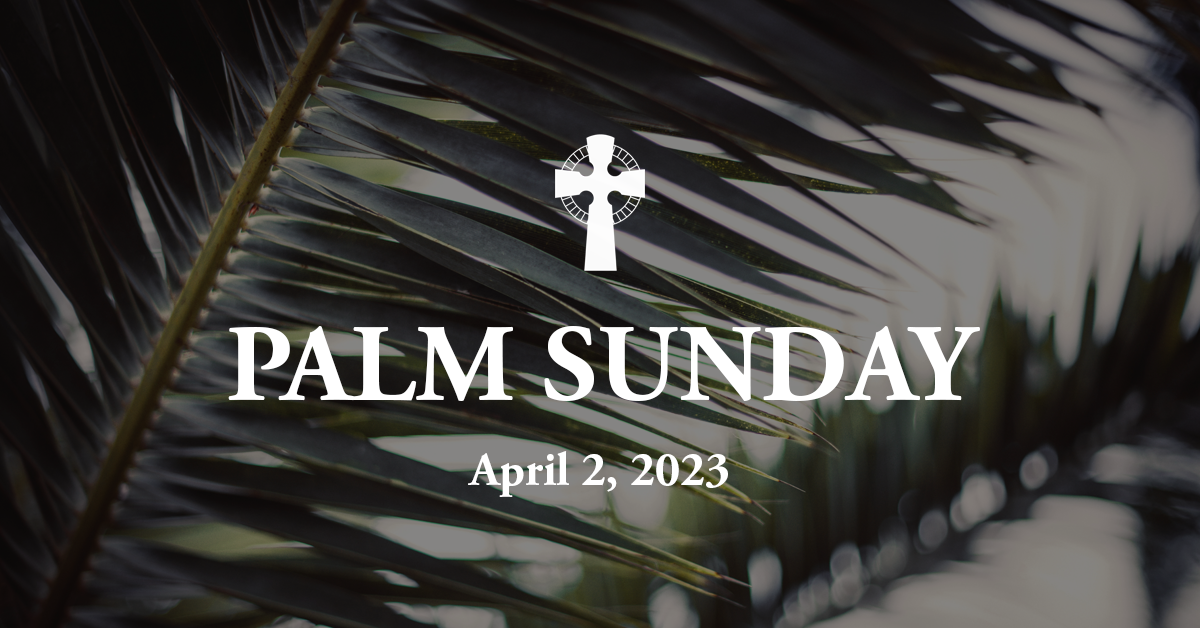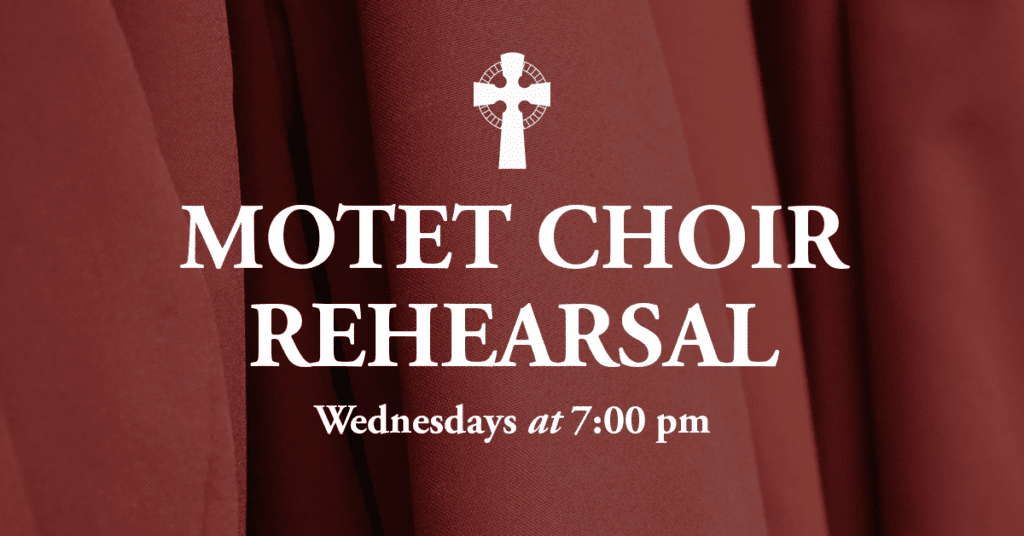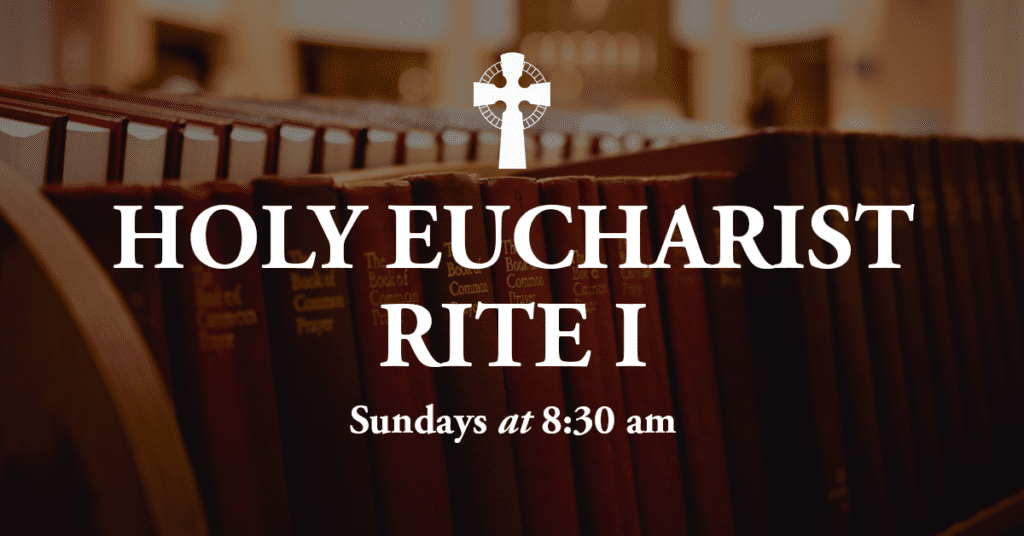Liturgy of the Palms and Holy Eucharist, Rite II with special liturgy based on Matthew 26:14 – 27:66
Adapted from An Episcopal Dictionary of the Church:
The Sunday before Easter at which Jesus’ triumphal entry into Jerusalem and Jesus’ Passion on the cross are recalled. It is also known as the Sunday of the Passion. Palm Sunday is the first day of Holy Week. Red is the liturgical color for the day. The observance of Palm Sunday in Jerusalem was witnessed by the pilgrim Egeria in about 381-384. During this observance there was a procession of people down the Mount of Olives into Jerusalem. The people waved branches of palms or olive trees as they walked. They sang psalms, including Ps 118, and shouted the antiphon, “Blessed is he who comes in the name of the Lord!”
The liturgy of the palms is the entrance rite for the service. The congregation may gather at a place apart from the church and process to the church after the blessing of the branches of palm or other trees (BCP, p. 270). The liturgy of the palms includes a reading of one of the gospel accounts of Jesus’ entrance into Jerusalem. The branches may be distributed to the people before the service or after the prayer of blessing. All the people hold branches in their hands during the procession. Appropriate hymns, psalms, or anthems are sung. The procession may halt for a station at an appropriate place such as the church door. When the service includes the eucharist, the liturgy of the palms is followed by the salutation and the collect of the day. The service changes focus abruptly from the triumphal entry into Jerusalem to the solemnity of the Passion. In the 1979 BCP, the Passion gospel is drawn from one of the three synoptic accounts of the Passion, one of which is appointed for each of the three years in the eucharistic lectionary. The Passion gospel is announced simply, “The Passion of our Lord Jesus Christ according to _________.” The Passion gospel may be read or chanted by lay persons. Specific roles may be assigned to different persons, with the congregation taking the part of the crowd (BCP, p. 273). It is customary to observe a brief time of silence when the moment of Jesus’ death is described by the narrator.







